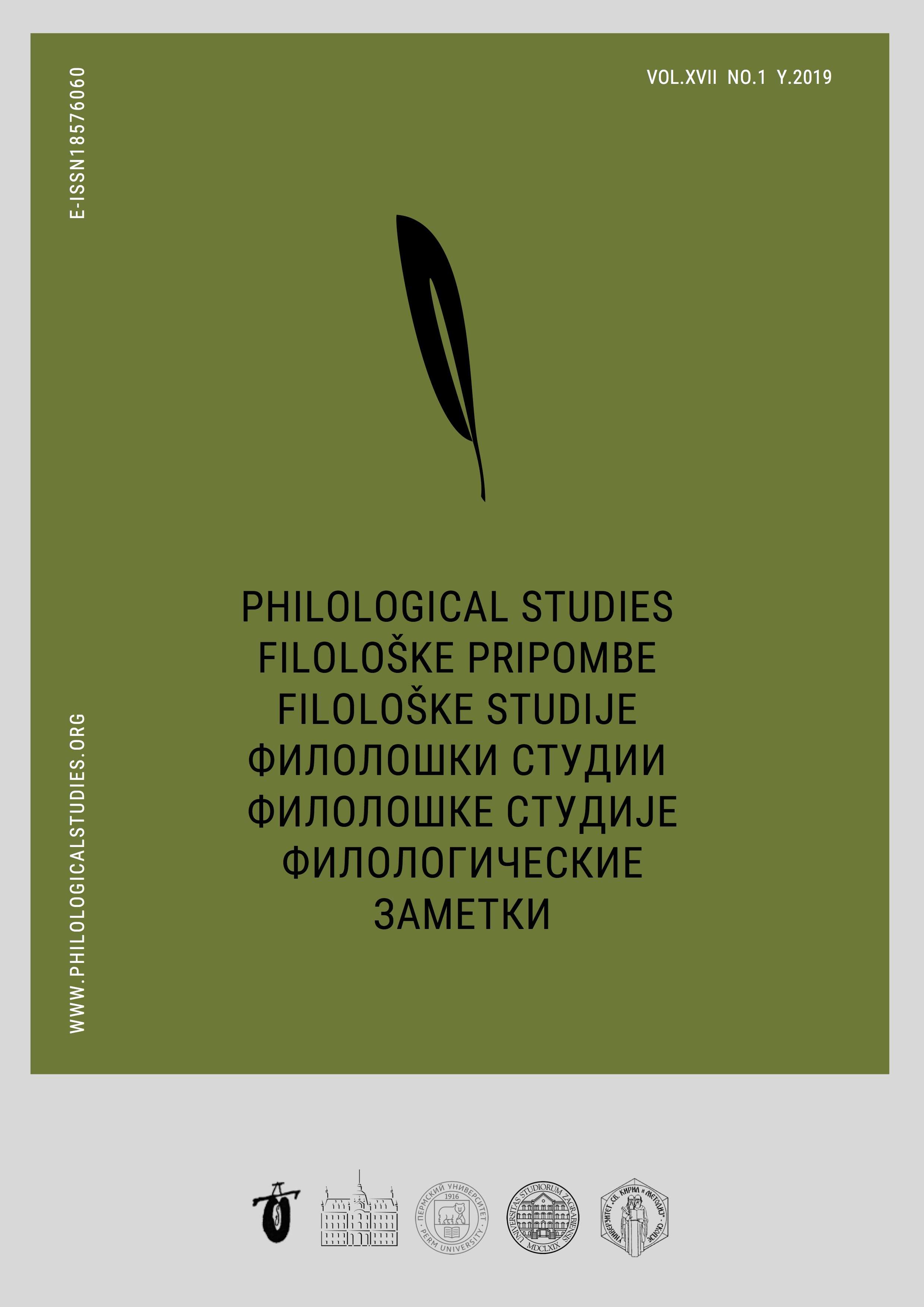ARIADNE'S THREAD IN IDIOM ACQUISITION IN MOTHER- TONGUE AND FOREIGN LANGUAGE CLASSROOMS – QUANTITATIVE DATA ANALYSIS (THE FIRST PART OF THE STUDY)
Keywords:
phraseodidactics, idioms with a mythological component, Croatian language, German languageAbstract
Considering the fact that phraseology as a linguistic discipline started developing as late as the mid-twentieth century, linguists first directed their attention to various theoretical questions using different approaches (e.g. structuralist, cognitive, linguocultural approach). Consequently, phraseodidactics became the weakest link of phraseology. Phraseological competence is one of the biggest challenges for students today; and not only for them, but also for their teachers. As one of the aspects of applied phraseology, phraseodidactics helps both the teachers and the students develop these competences, and offers them certain instruments and ways of mastering idiomatic expressions of a foreign language, as well as their maternal language.
As a part of a broader study, a survey was conducted in which Croatian and Austrian respondents completed paper-based questionnaires. The aim of our research is to use empirical methods in determining whether or not (and if yes, to what degree) the students are familiar with idioms containing a mythological component and do they use them in their maternal language. The questionnaire consists of 30 idioms with a mythological component and aims to gather data about meaning, context of idiom usage and the image (association) a speaker forms about a particular idiom. The acquired data was analyzed using quantitative and qualitative research methods. The quantitative data analysis was conducted using SPSS, a statistical software, whereas we used Atlas.ti, a qualitative data analysis software to carry out the qualitative research. In this paper, we will present merely a portion of total data, i.e. only the first part of the study.
Downloads
Downloads
Published
Issue
Section
License
Philological studies © 2019. This work is licensed under a Creative Commons Attribution-Noncommercial-No Derivative Works 3.0 Unported License


